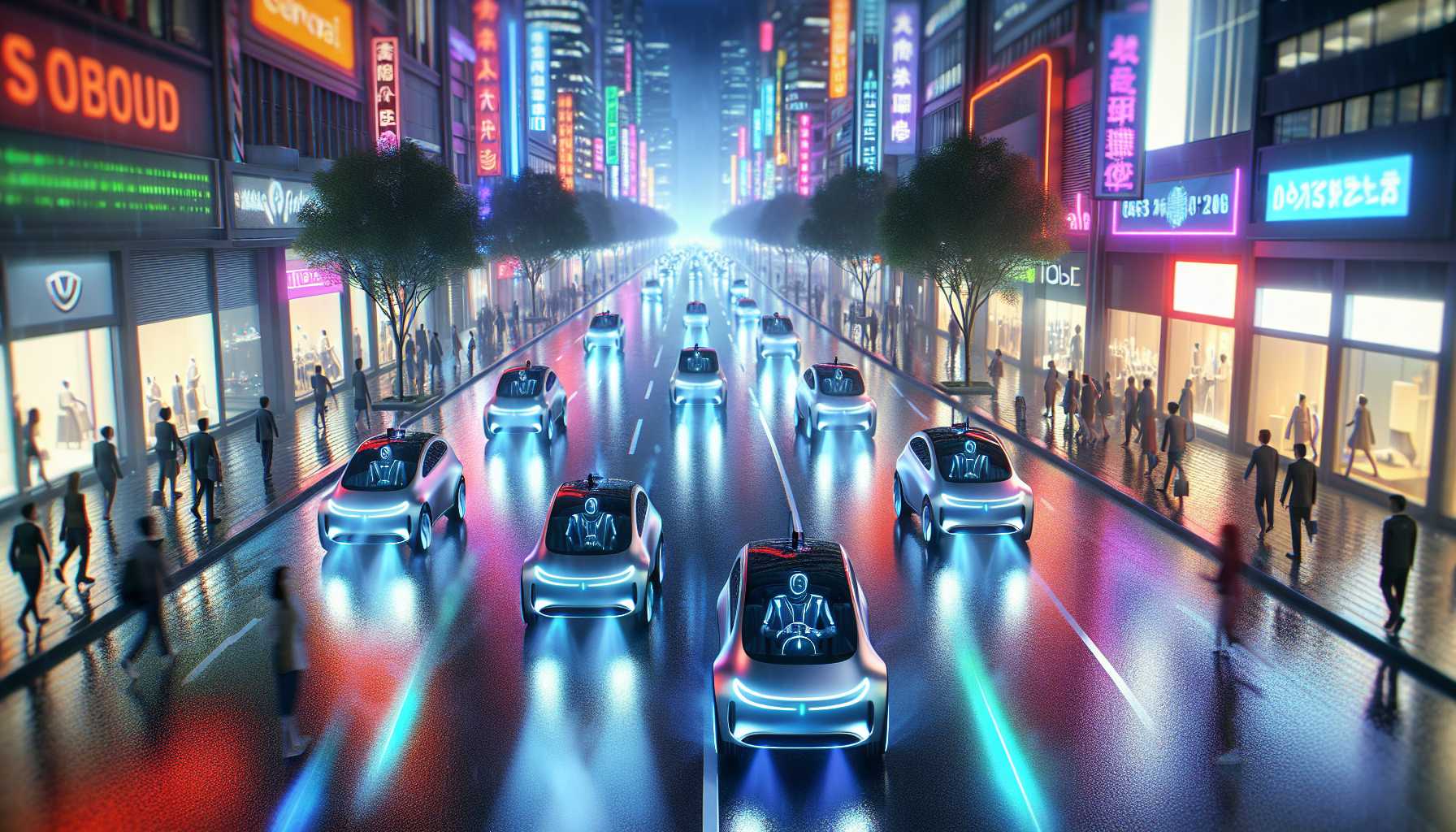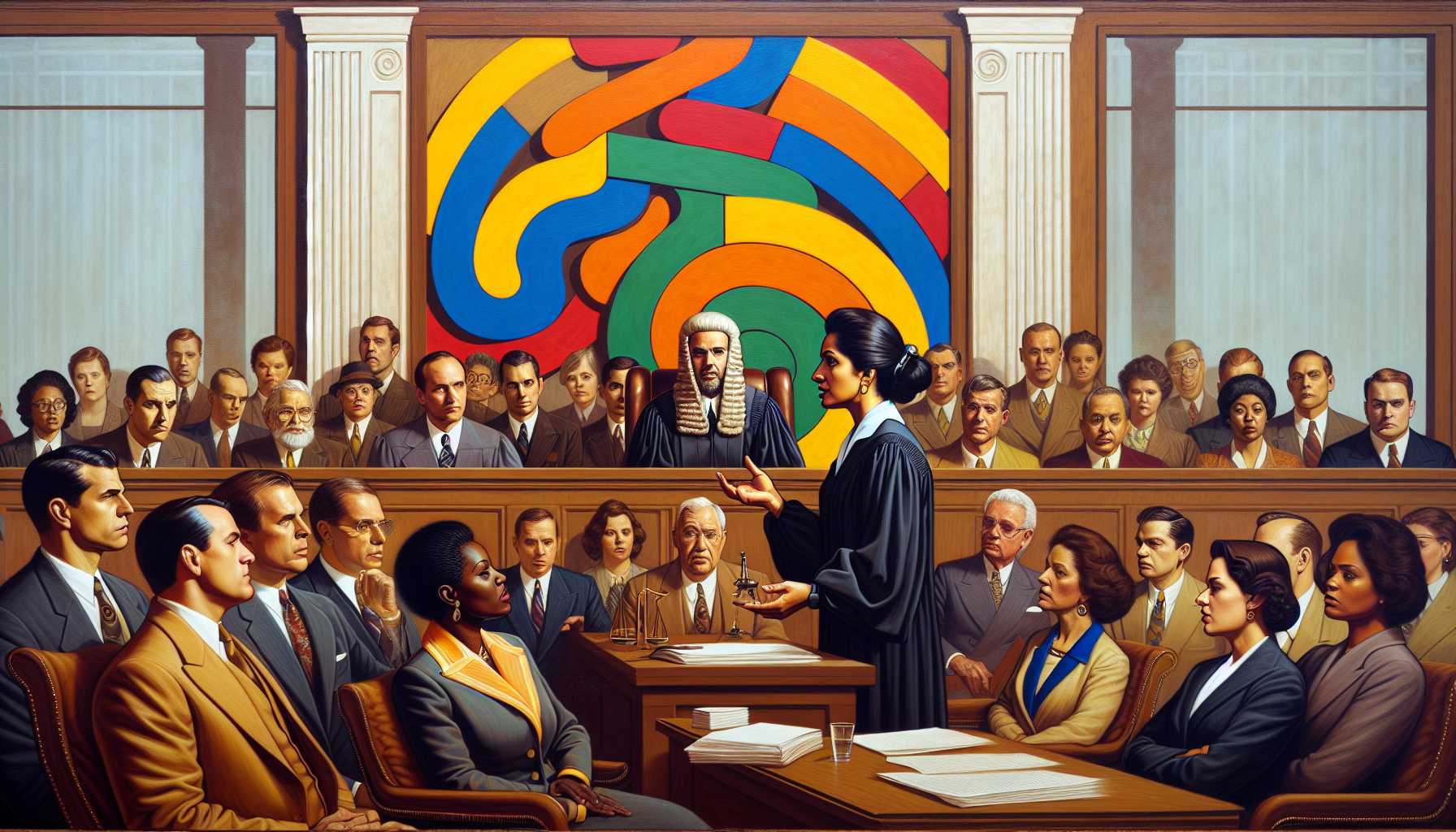## Riding the Robotaxi Wave
Nuro, the herald of delivery robots waving hello from California and Texas, has decided to make a splashy entry into the world of robotaxis and personally-owned autonomous vehicles. Imagine stepping into a car where there’s no driver – just the sweet hum of electric motors, courtesy of China’s BYD, and a brain powered by Nvidia and Arm technology. This isn’t science fiction; it’s Nuro’s new business model.
It’s interesting to note that Nuro has adopted a collaborative approach. Instead of building the vehicles themselves, they are licensing their autonomous driving tech to external companies. As a tech expert, I see this as a strategic move. By focusing on their software and AI platform, Nuro can partner with a plethora of car manufacturers and rideshare operators, easing their way into various markets worldwide.
## Regulatory Hurdles and Safety Concerns
Navigating the labyrinthine regulatory landscape is daunting for any innovator in autonomous vehicles. Nuro’s transition from delivering groceries to ferrying humans is not without its risks. There are stringent safety rules for driverless vehicles, and Human Passengers add another layer of complexity. However, Nuro’s track record is promising. Their fleet, which operates without safety drivers, has logged over a million autonomous miles without major incidents—a reassuring statistic in a world apprehensive about driverless tech.
## AI Regulation: The Great Debate
On the AI front, California is setting the stage with SB 1047, potentially the toughest AI regulation in the U.S. Opinions are sharply divided. Critics argue it might stifle innovation and push talent out of California. Proponents, on the other hand, believe strict guidelines are necessary to curb potential AI misuse—like deepfakes or massive phone scams. It’s a classic tug of war between freewheeling innovation and regulatory oversight. As someone who has seen myriad tech trends ebb and flow, I can say that while some regulations are essential to ensure safety and ethics, they must strike a balance to avoid hindering technological progress. A softer stance, like the revised SB 1047, which softens some earlier rigid demands, may be the way forward.
## Meta’s Data Strategies under Scrutiny
Meta, the behemoth behind Facebook and Instagram, has found itself in the spotlight yet again, but not exactly for good reasons. It turns out they’ve been scraping all publicly shared data since 2007 to train their AI models. A massive dataset, undoubtedly a treasure trove for AI training but fraught with privacy concerns. Aussie authorities were none too happy about this revelation. While Meta’s global privacy director initially denied claims of data among participants included in AI training, additional questioning led to a reluctant admission. Users now have the option to opt their posts out of this data harvesting to some extent, but it’s a stark reminder of the intricacies and ethical considerations in the realm of AI and data privacy.
## Googling Monopoly: The DOJ Antitrust Case
Google has been painted into a corner by the Department of Justice (DOJ) in its ongoing antitrust case, revealing a modus operandi that involved altering rules to stifle competition in the ad tech market. The introduction of Unified Pricing Rules (UPR) exemplified their strategies. Publishers like The Wall Street Journal felt compelled to set equal floor prices across all ad exchanges due to Google’s dominance. This rule restricted publishers’ ability to diversify their revenue streams, giving Google a firmer grip on the ad market. Through former executive testimonies and internal email leaks, it becomes clear how Google managed to maintain monopoly control by bulldozing customer preferences. It’s a dicey game, and as someone who likes to keep a keen eye on digital marketplaces, this sets a critical precedent for how monopolistic power can be contested.
## TikTok’s Battle Royale with the U.S. Government
Next week, TikTok will be locking horns with the U.S. government in a legal showdown. Central to the debate is whether classified national security information can justify the ban of a platform without granting the accused full visibility into the accusations. The U.S. government asserts TikTok poses a severe national security threat, but sharing this evidence could allegedly further endanger security. This situation thrusts TikTok into the limelight, raising critical questions about data privacy, geopolitics, and the future of tech regulation. As a frequent observer of tech policy, it’s intriguing to witness how national security considerations and individual freedoms clash in the digital age. This case might very well set a substantial legal precedent for future tech-related security disputes.
## Steps Toward a Misinformation-Free Future?
Can AI change conspiracy theorists’ minds? That’s what a recent study in the journal Science suggests. AI chatbots like GPT-4 Turbo were able to engage participants earnestly, providing counterarguments to their conspiracy beliefs with tangible success. Dubbed ‘Debunkbot’, this chatbot showed promise in maintaining durable dialogues, reducing belief in conspiracies over time. The implications of this are profound. With misinformation and fake news rampant, tools like Debunkbot could become essential in our digital arsenal to combat the false narratives that proliferate across the internet. This might be a rare instance where AI’s potential for societal good can tangibly be measured.
## Conclusion
Autonomous driving, AI regulations, data privacy, antitrust issues, and the battle with misinformation—these are the tech industry’s frontline battles today. As a tech investor and enthusiast, I see the immense potential in these areas but am equally wary of the ethical and regulatory pitfalls. Tech evolves at a breakneck pace, and how we navigate these pressing issues will define the next chapter of our digital age.







